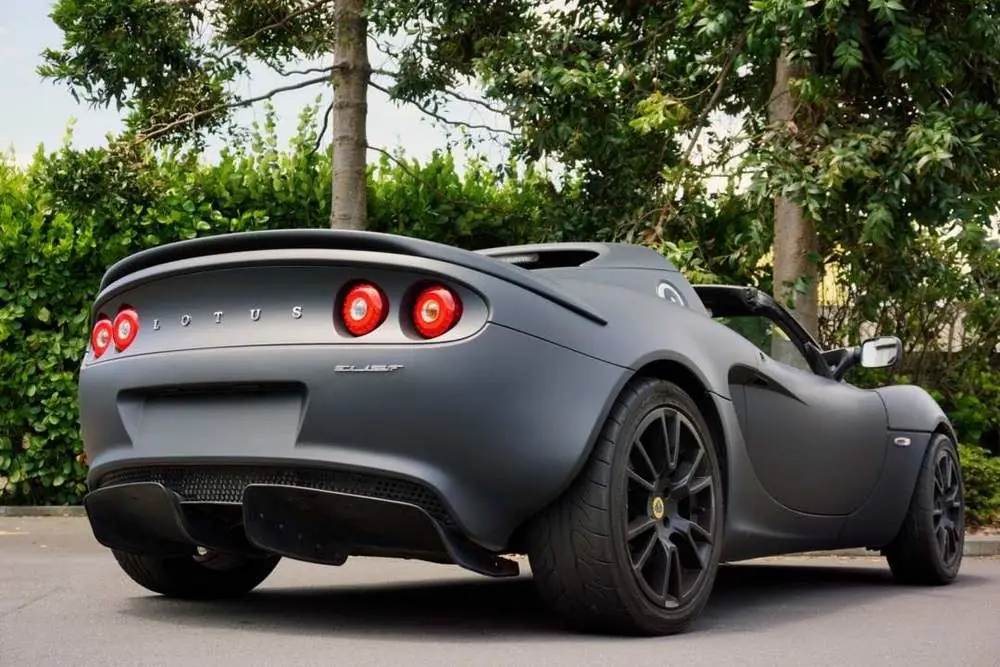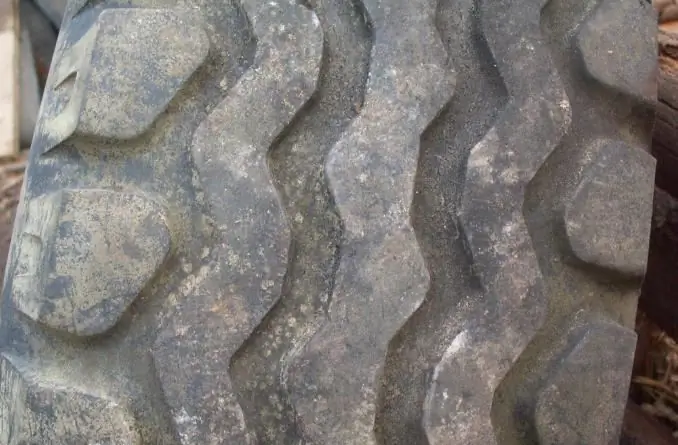2025 Author: Erin Ralphs | [email protected]. Last modified: 2025-01-22 21:14:16
PDR is a modern technology for pulling dents without painting. Derived from the phrase Paintless Dent Repair (PDR). In Russia, the technique appeared relatively recently, although it has been used in the world since the 1960s. Its ancestor is Oskar Flyg. An employee of the Mercedes factory was able to remove the dent so well that subsequent painting was not required. Although it has always been produced before. This is how PDR appeared - a technology that is used in cases where the dents are small, located in “good” places and the paintwork was not damaged at the time of damage.
The nuances of pulling dents without painting
Every day the probability of getting a dent on the body is quite high, both in megacities and in small towns and even in villages. A dent can appear from a ball, hit by a cart in a supermarket parking lot, legs of inadequate passers-by, a small accident, stone, hail, etc.damaged car, of course, no one wants. And demand creates supply. Therefore, today in large and not so cities, specialized centers are increasingly appearing, as well as trained masters offer their services.
The main nuance is the right choice of a specialist. It should be remembered that neither independently (if there are no certain skills), nor with the help of self-taught, you can not get the desired result. Moreover, it can only hurt. While paintless dent pulling is pricey, if it's done by a professional, it's really worth it.
Which dents can be removed without repainting?

Another nuance is the location and nature of the damage. Whether the PDR is suitable in this case directly depends on these parameters. The technology is not applicable in the following cases:
- deformation of a complex shape with deep and sharp fractures;
- car operation is carried out for a long time, due to which traces of corrosion and microcracks are visible on the paintwork;
- paint damaged;
- the area has already been poorly painted, as a result of which the paintwork is “moving away”.
Under various other conditions, generally, PDR technology can be applied. However, it should be borne in mind that the cost of the work will fully depend on the size, quantity and location of the dent.
How are cars straightened?

A variety of methods are used for this. They are applied both outside and inside. PDR technology is considered the most difficult of all available dent removal methods. There are often cases when it is required to dismantle the cabin. For example, if the car was hit by hail and the main “affected” is the roof, then in any case, you need to remove the ceiling. Also with the door - you have to remove the trim.
As for the methods, various methods are used to straighten a car, and there are many of them. The most commonly used in the DA are:
- mechanical removal from the inside;
- outside reverse hammer;
- by tapping with fluoroplastic bumpers.
Also used for pulling dents vacuum suction cup and magnet. Their working principle is the same. The dent is pulled out by gradually pulling the tool located on the damaged area. Quite an effective option, which, however, is not always suitable. Or after which you still have to work with other tools. Therefore, it is not used so often in the DA.
By mechanical elimination from the inside

Produced in cases where the dents are small in diameter and can be accessed through a technical hole. Its advantage is that the work is done from the inside, therefore, the paintwork will not be damaged. The work is done with special tools - levers. They have various forms, which greatly simplifies the process and speed of achieving the desired goal. The removal of the dent occurs through the forceful action of the tip of the lever on the elements of the body. Most oftenused to smooth out dents on the hood, trunk lid, roof.
By reverse hammer

In this case, a special set is used, which consists of a glue gun, fungi and a reverse hammer. Pulling out dents without painting in this way is carried out in cases where the defects are located on the stiffeners, and there is also no way to get to them through the technical holes.
Glue is heated in a glue gun, then applied to a special fungus. Immediately it is attached to the place of impact. The number of fungi depends on the size of the dent. When the glue cools, a reverse hammer is attached to the fungus. With gentle jerks, it is “torn off” from the surface.
Percussion method

Dent on the car can be removed with a fluoroplastic chipper both from the outside and from the inside. Most often used in cases where it is possible to remove a damaged part. For example, a door. The method is used in cases where the damage is larger than average. This is the most popular method that will give 100% results. The rubberized element is applied to the area where there is a dent, and then it is gently, but often hit with a hammer. If the defect is small, work is done from the center to the edges. If large, vice versa.
Also, this method is often a continuation of the previous one and is used from the outside when it is necessary to slightly remove the bulges formed by the reverse hammer.
Features of recoverydamaged body parts and labor costs

It should be understood that the DA is a complex and painstaking work that requires concentration and great attention. Naturally, the specialist must have the appropriate knowledge and specialized tools. Special training is carried out, which can cost about 300 thousand rubles. for 3 months. A set of necessary tools is also expensive. The price for it can reach 150 thousand rubles.
There are often difficult moments in work. Therefore, no self-respecting PDR master who undertakes to pull out dents without painting will do it cheaply. Of course, there are some limits, but you should not expect high-quality work for 500 rubles (if it is a big damage or a lot of small ones).
It is difficult to talk about the approximate cost of the work, since it directly depends on the size of the defect, the amount of damage, their location and other factors. If the car was hit by hail and the roof and stiffeners were especially badly damaged, then the cost will be higher. For example, it can be 20-40 thousand rubles. despite the fact that the point costs from 50 to 300 rubles. A small dent of medium size will cost about 2-5 thousand rubles. Condition assessment and approximate cost are determined by the foreman on the spot.
Recommended:
Do-it-yourself local car painting. Local car painting: prices, reviews

A lot of trouble happens in the life of a motorist. Sometimes, after an unsuccessful parking maneuver, the consequences can be extremely unpleasant. But if you "caught" a scratch on the body of your iron friend, you should not be so upset. Local car painting is exactly the type of repair that will allow you to avoid huge financial costs and will not take you a lot of time. What is it and what is the essence of these works?
Painting a car with liquid rubber: reviews, prices. Which company to buy liquid rubber for painting a car: expert opinion

Liquid rubber for cars is vinyl. It is also called rubber paint. This coating option is a real alternative to car enamels, which are used today for painting cars. This technology is innovative, but today many motorists have already tested it
How to store tires without rims in winter or summer? Proper storage of car tires without rims

Twice a year, cars are "changed shoes", and their owners are faced with the question: "How to store rubber?" This will be discussed in the article
What is a code grabber: description, principle of operation and methods of protection. How to avoid theft

Almost any model of car alarms currently on the domestic market can be disarmed using a code grabber. What is a code grabber? This is an electronic device capable of intercepting the alarm key fob code. Further, the device remembers the code, then, if necessary, the device can disarm the alarm instead of the standard key fob
New VAZ crossovers: price. When will the new VAZ crossover come out

The article reveals two very interesting models of cars of the domestic auto giant AvtoVAZ - Lada Kalina Cross and Lada X-Ray

